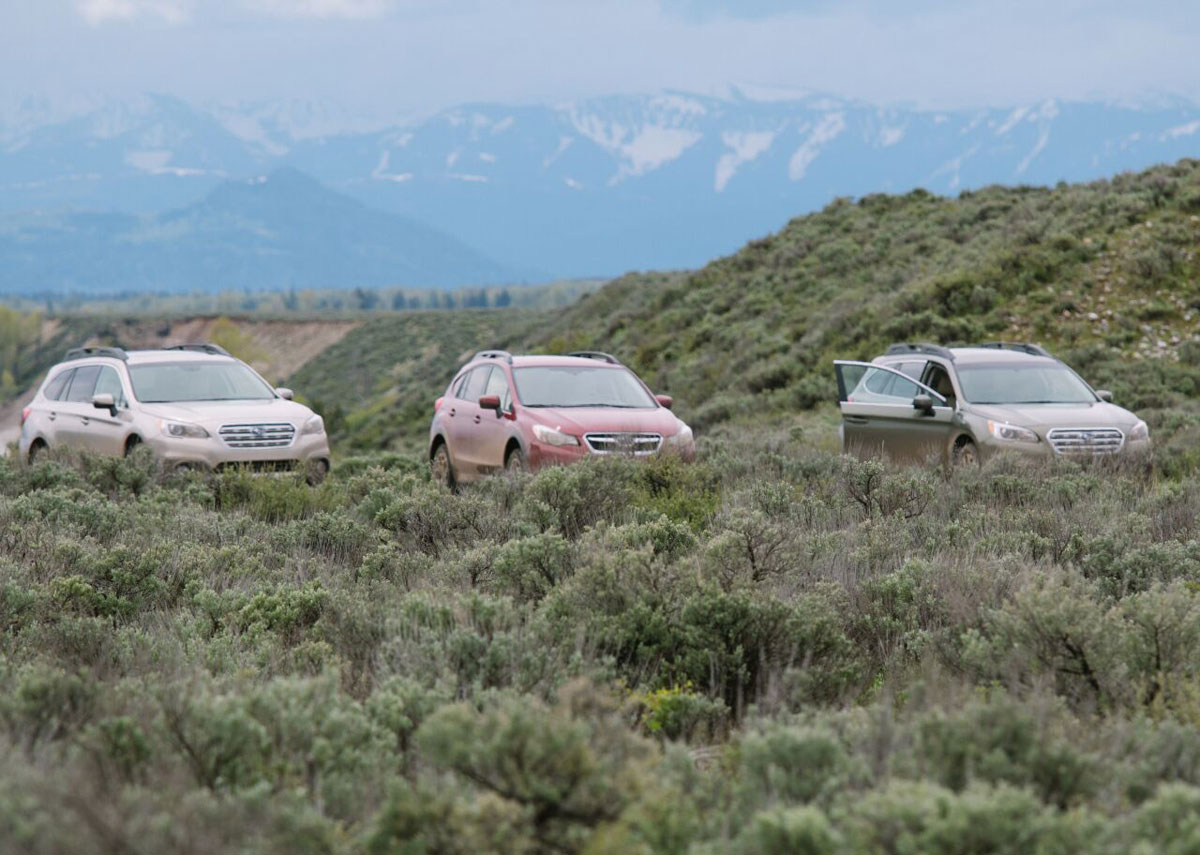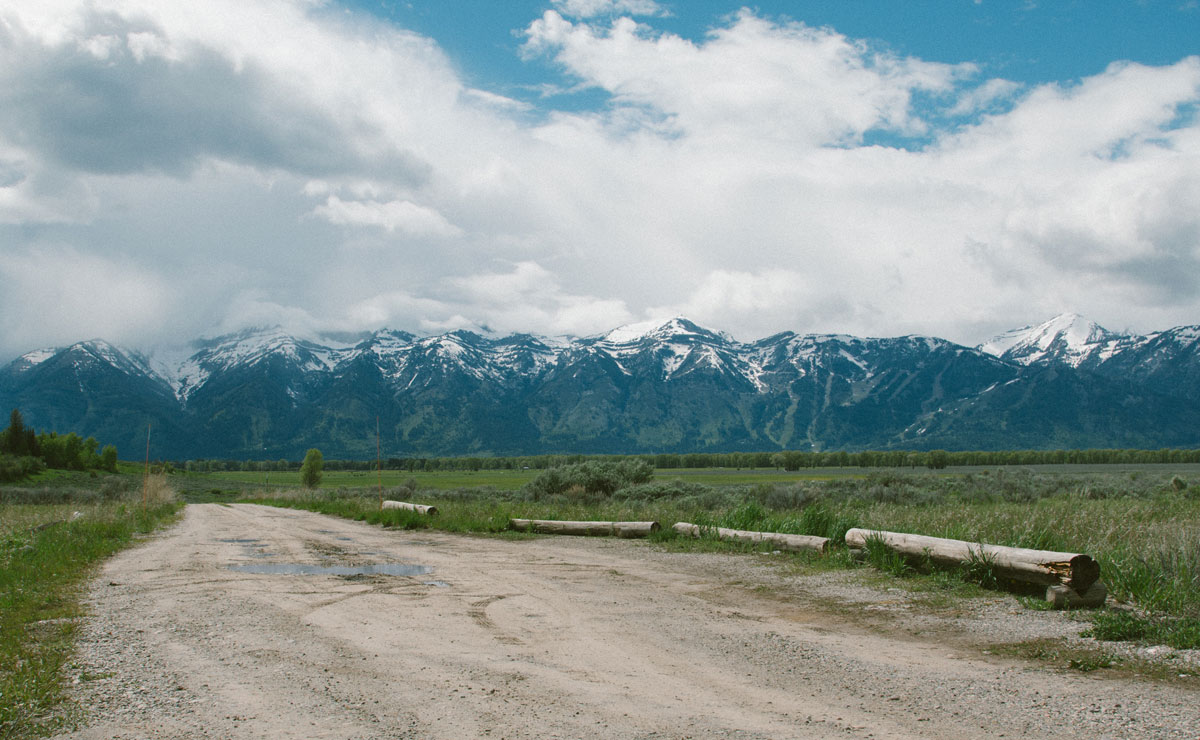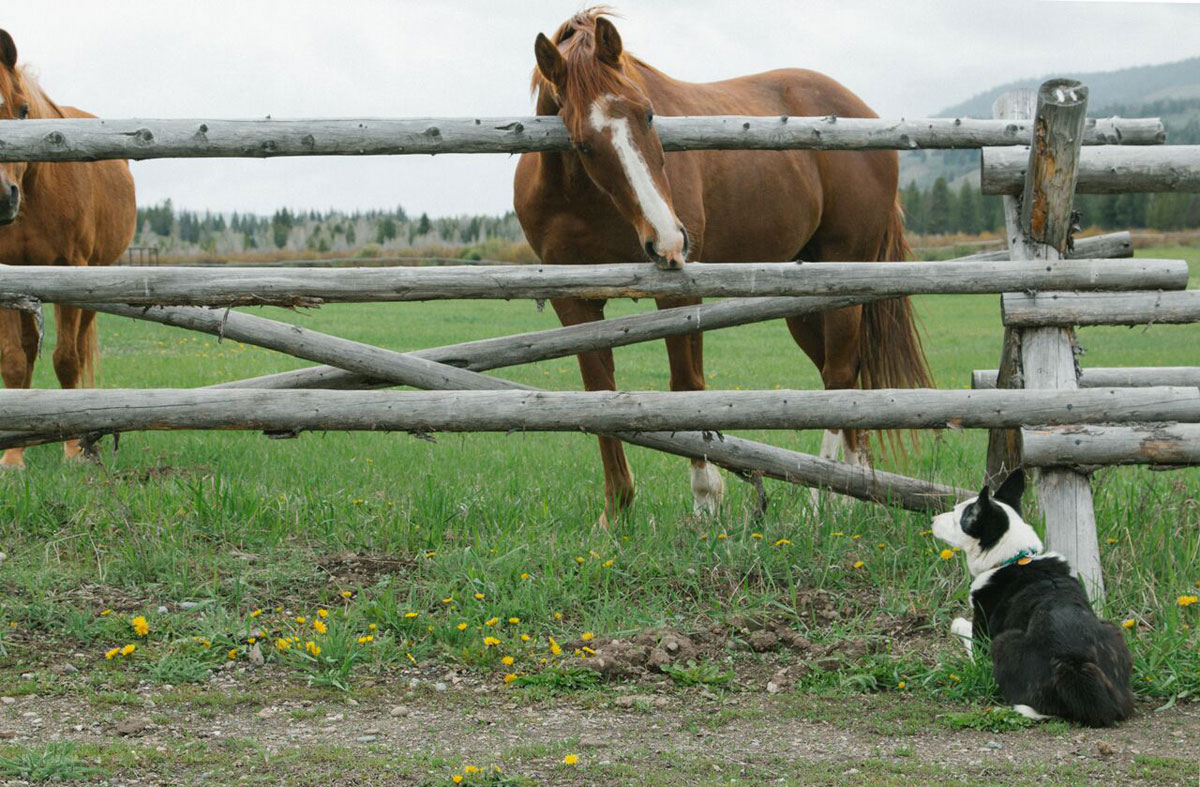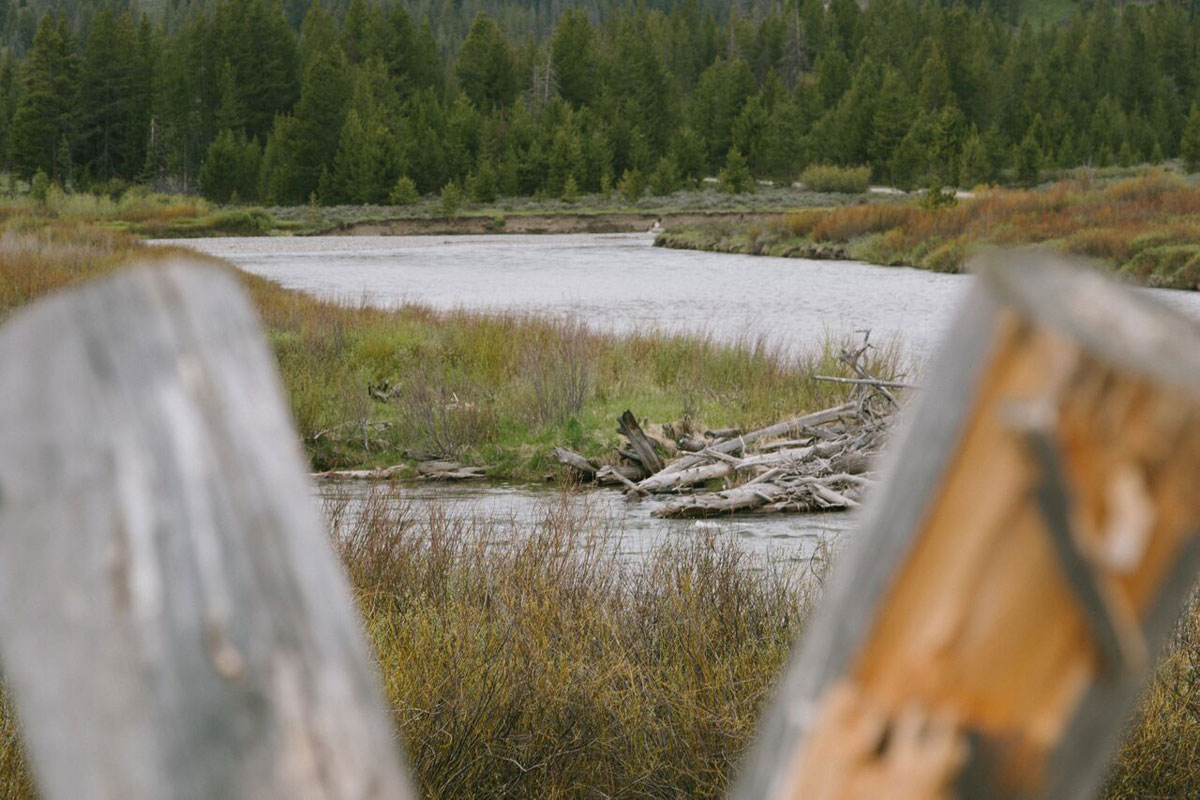Test Drive: 2015 Subaru Outback in Yellowstone
An adventure vehicle that handles expertly in the backcountry’s mudpots and mountains

by Sasha Barkans
“There are Washburn Expedition reports from 1870 suggesting these springs sounded like distant artillery,” our guide shouts over the bellowing Dragon’s Mouth Spring in Yellowstone National Park. As he tells us about the minerals and bacterium responsible for the otherworldly geographical features surrounding us, it’s hard to understand how difficult it must it have been, in 1870, for explorers to navigate these hostile and extremely active lands. Our guide continues, “In fact, we’re standing in Yellowstone Caldera, a super volcano that is sure to erupt again.”
If those explorers from days past were fortunate enough to have access to the myriad of vehicle choices available today, careful consideration would have surely been given to the 2015 Subaru Outback for their expeditions. At least, such is the case today, in which contemporary explorers often turn to the Japanese adventure-wagon.

The 2015 Subaru Outback looks cleaner than those of years prior, featuring less plastic on the exterior and impressive styling. Dimensions are similar, although the 2015 Outback was lengthened by an additional .6 inches to fit even more of your adventure gear—bringing the Outback’s already impressive cargo space up to 73.3 cubic feet. The dash features an ideally placed and easy-to-use 6.2-inch touchscreen, with all of the audio, phone pairing, climate control, and navigation functions that are expected in a contemporary do-anything-vehicle. CH was able to test the 2.5 liter, four-cylinder, boxer engine which cranks out 175 horsepower, all with an improved 28 combined miles per gallon. On the road and off, the new Outback proved to have enough power to deal with anything that came its way, providing effortless pick-up to pass lagging tourists pulled over to see yet another bison, or just splashing along on trails leading to secret lookouts. The Subaru EyeSight safety technology was easy to use and very effective. The innovative system works by mounting two cameras within the rearview mirror to sense vehicle proximity and automatically slow down or stop in an effort to prevent a crash—an especially appreciated feature while trailing drivers cruising at erratic speeds through Grand Teton National Park and Yellowstone, hoping to catch a rewarding glimpse of wildlife.

Permanent all-wheel drive is standard on all Outbacks, and with 8.7 inches of ground clearance, our off-road test on a potted unmarked trail proved to be a great time, though not enough to really challenge the vehicle. That said, the Outback’s off-road performance is extraordinary, especially so considering how quiet and comfortable it handled on the highway.

While in transit to some grizzly bear spotting locations, we had the chance to ride with Director of Corporate Communications for Subaru North America, Michael McHale. “10 years ago, we did some research into Subaru owners,” says McHale. “They’re pet owners, they’re active, they’re hiking, camping and they’re using their Subaru to access the backcountry. They want the ground clearance, all-wheel drive, space, and safety.” As McHale spoke, snow began to fall heavily in flagrant contrast to the still-burnt tress of the Yellowstone fires in ’88.

Car manufacturers and the outdoor-oriented crowd have traditionally had a slightly forced relationship—most outdoor explorers rely on a capable vehicle yet they typically tend to have a greater concern for the natural environment than the average consumer. Until the majority of cars kick fossil fuels, it’s bound to be a paradoxical relationship for many. McHale and the Subaru team took an ear to the concerns of their market. Not only does Subaru produce the XV Crosstrek Hybrid, but as McHale informs us, they also boast arguably the most eco-friendly car assembly plant in North America.

Subaru’s assembly plant in Lafayette, Indiana is the first automotive factory to achieve zero waste—none of the plant’s manufacturing waste reaches a landfill. Now, in anticipation of the 100-year anniversary of the National Park Service (NPS), Subaru is taking their zero-landfill expertise to America’s national parks, teaming up with the NPS and National Parks Conservation Association (NPCA) to introduce a zero-landfill pilot project to reduce and reuse the waste generated from the millions of visitors that frequent renowned national parks such as Grand Teton, Yosemite and Denali. The plan is simple: assess current waste management practices, brainstorm how to manage and reduce the waste, and implement a scalable framework to reduce the waste generated by park visitors.

In stacking the Subaru Outback against conventional crossovers and SUVs, there is really nothing quite like it. The Outback continues to proudly roll on with unique looks and a largely unparalleled performance for those that require a vehicle capable of city and off-road driving. And while the Outback may already stand as weekend warrior’s worst-kept secret, with the introduction of hybrid engines, zero-waste assembly facilities and an innovative waste-management program in place to aid national parks, many can be happy to drive a Subaru Outback.
Check out the video for more info on National Parks Zero Landfill Initiative.
Images by Sasha Barkans












